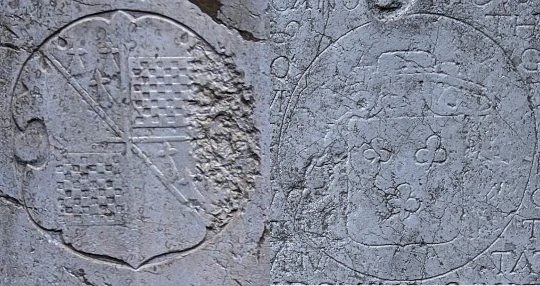




Visit the old town and discover unusual places. With your smartphone, walk the streets of Annecy and solve the puzzles hidden among the historic monuments




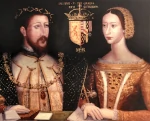
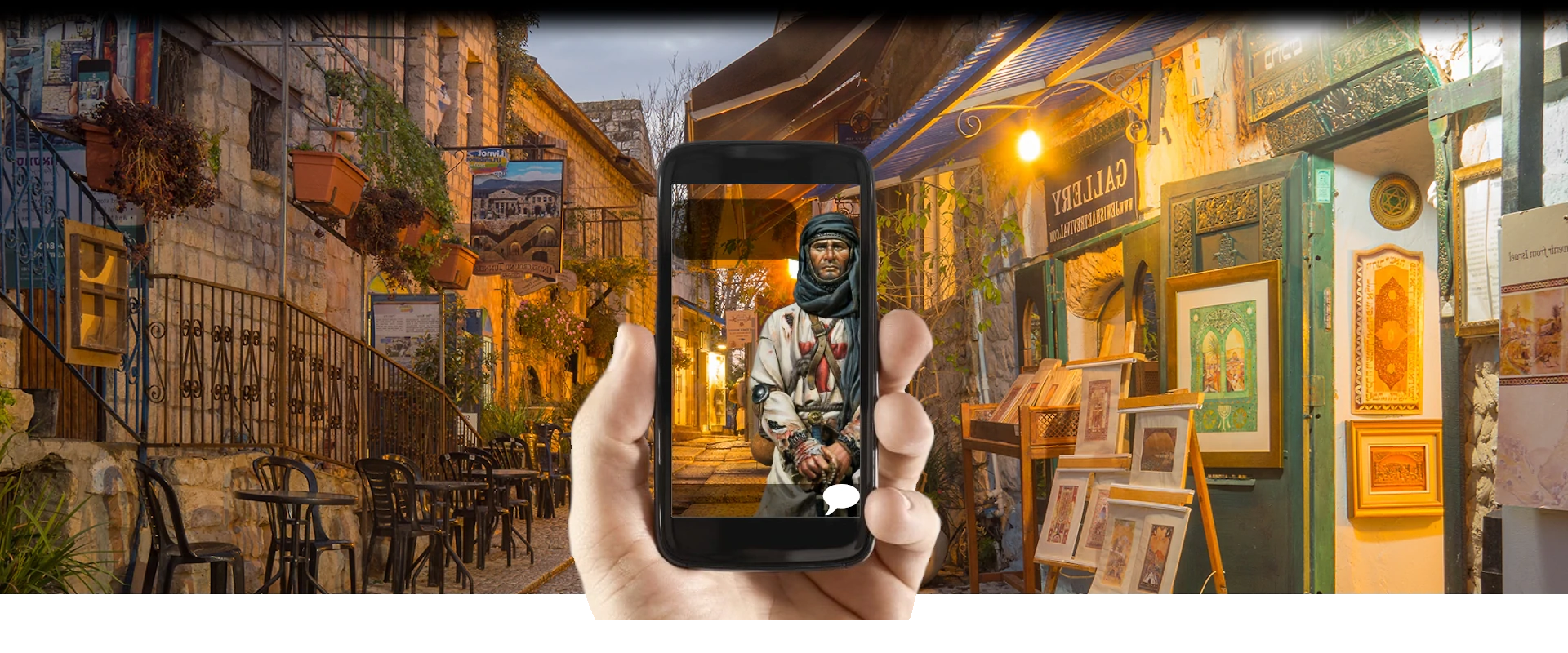
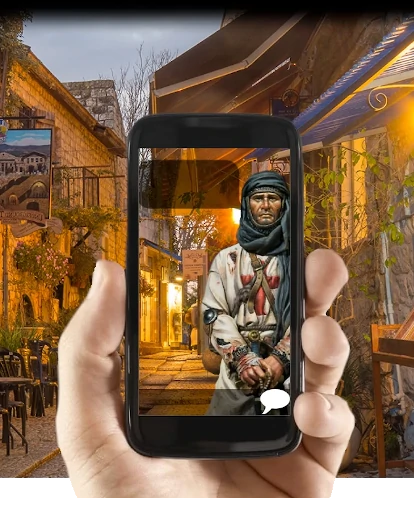
Your friend Aurore, curator of the Père-Lachaise cemetery, discovered a cryptex in a fractured tomb. Esoteric inscriptions are engraved on the mysterious object.
She needs your expertise in symbol interpretation to discover the secret it contains.
During your adventure, you will meet celebrities from the cemetery and discover its historic monuments, where puzzles have been hidden by an occult brotherhood: «The Order of the Black Swany»


This adventure uses the same mechanisms than the «escape game». The rules aren't explicit. The player must guess what he has to do next by considering the elements available in-app and around him.
No other knowledge except these elements are needed to resolve the enigmas. Be vigilant, you will always need to use elements from the urban decor to solve each puzzle.


The adventure is based on characters, documents and historical facts related to the Père-Lachaise cemetery.
During your walk, you will cross the old town to the banks of the Thiou. You will have the opportunity to visit the church of Notre Dame de Liesse , the cathedral Saint-Pierre , the museum of the palais de l'Île, the hotel de Sales or the jardin de l'évêché.
You will discover the history of the city by meeting characters such as François de Sales, Jean-Jacques Rousseau , Madame de Warens, Count Amédée de Savoie , Louis Armand, Claude-Louis Berthollet or the Baroness de Chantal.


Once everyone on your team has downloaded the app, go to the Tourist Office of Annecy.
See the MapWhen you have arrived at the departure point, open the application and click on the button:
«Let's start the Adventure»
The adventure can be done entirely offline. You will not need an internet connection during the game.

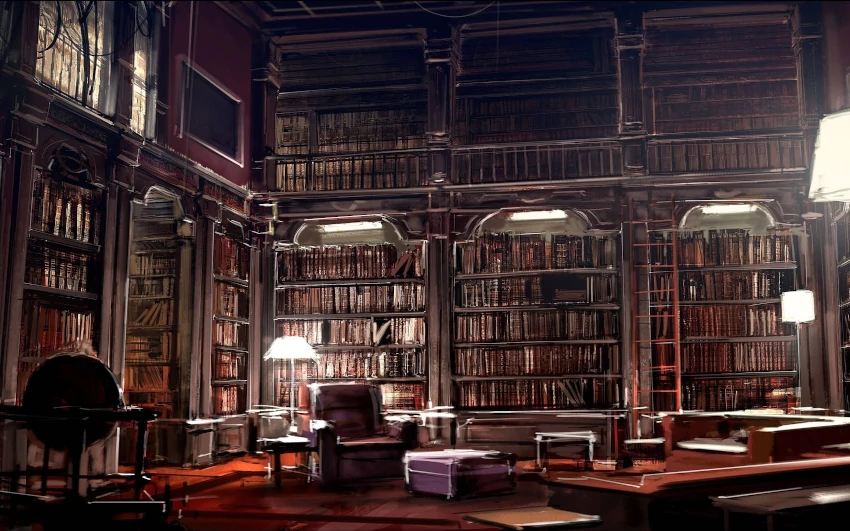

The edges of the lake and the river that crosses the city (the Thiou) have been occupied since prehistoric times. The level was lower at the time and the villages were built on stilts.
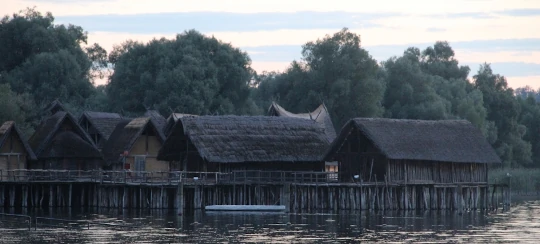
The Allobroges tribe founded in the first century BC a hut village near the lake. They are conquered by the Romans in -62 who founded in -27 the town of Boutae. It was an important center of crafts and commerce until the barbarian invasions of the 5th century, when it was completely razed. during 5 centuries the plain north of the lake will be abandoned in favor of the hills for security reasons.
In the 11th century AD, the count of Geneva, Amédée I, established the present city of Annecy. It will know a relative prosperity, thanks to the driving force of the river which flows within it. the Thiou is used to operate hydraulic devices for the nascent industry of textiles and metals. In the 15th century, the county of Genevois , as well as its capital Annecy, is sold to the Duke of Savoy.
From 1536, while the Calvinist reform triumph in Geneva, Annecy is the bastion of the Catholic counter-reform carried by François de Sales. She becomes the "Rome of the Alps" and knows an important spiritual boom. The village of only 5,000 inhabitants has no less than thirteen religious orders.
In 1792, the French revolutionaries invaded Savoy. The assembly of Allobroges abolishes the privileges of the nobles and forbids religion. Tax increases and requisitions military lead to a major revolt called "la bagarre". However, the attachment to France accompanies commercial prosperity.
During the defeat of Napoleon 1st in 1815, the city is again part of the Duchy of Savoy which belongs to the Italian kingdom of Piedmont-Sardinia. Then the kingdom cedes the duchy to France in 1860, after a popular plebiscite supported by the conservative forces of the region (nobility and clergy).
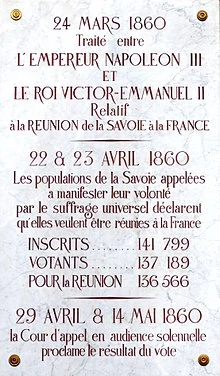
The Hotel de Sales is a rare private mansion dating from the late 17th century. It is a prestigious residence, that accommodates the princes of of Savoy during their stays. It was also the headquarters of the Bank of Savoy which competed with the Banque de France in the first years following the annexation of the Savoy to France in 1860. The four seasons is a popular theme In the 17th century. We can see on its facade 4 busts:
On the side facade is a bust decorated with a star. He represents the family of Sales.
While the Protestant reform triumphs in Geneva, the episcopal see is moved to Annecy. His bishop entrusts the difficult mission to François de Sales of bringing the Catholic faith back to the regions acquired the the Calvinism. It has the particularity of using during his sermons a simple language accessible to all. He also uses the printing press to distribute his sermons:
When the bishop died, he becomes his successor. He founded with Jeanne de Chantal the order of the visitation of Sainte Marie. He published in 1609, Introduction to the devout life, in which he provided spiritual advices. This work was a major success across Europe.
The presence of a church has been documented since the 11th century. The current building was completed in 1855, except the bell tower which dates from the 14th century.
Inside you can admire the stained glass windows telling the story of the church:
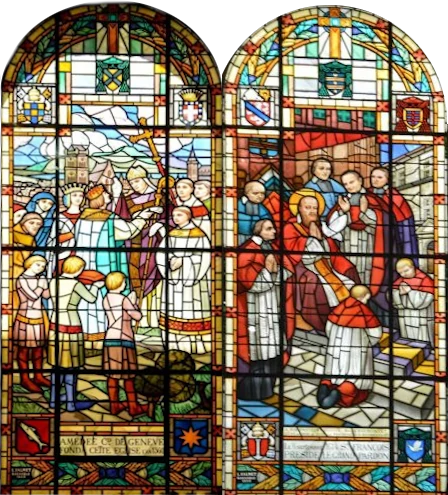
Left: Foundation of the church by Amédée Ier. Right: François de Sales.
Jeanne-Françoise Frémyot, baroness of Chantal, founded the Order of the Visitation in 1610. On her death, the order will count 87 monasteries. Originally this order was dedicated to visiting the sick and the poor by the nuns, as Mary during the evangelical episode of the Visitation. But this presence among the poor is frowned upon by the clergy. Despite protests from Francois de Sales, the Pope ordered the nuns to remain cloistered in their convent and devote themselves to the contemplation.
It was sculpt in 1859 in Granite. Turtles symbolize stability and longevity and lions the power.
The cathedral was built at the beginning of the 16th century in the renaissance style. Its facade has pilasters Tuscans and pediments that are typical of this architectural style. The rose window is built according to the Gothic tradition.
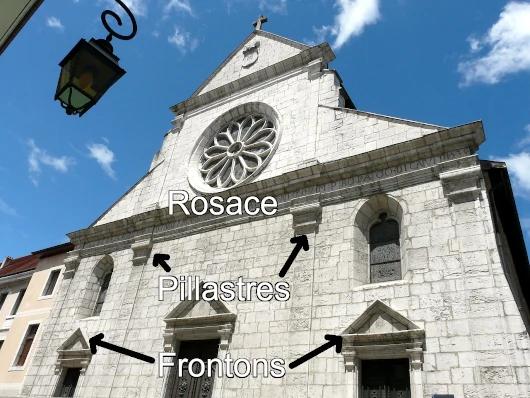
On the facade is engraved: Salutifire cruci ac divo Francisco Lambertorum propago dicavit 1535. This inscription indicates that the cathedral was built by the Lambert brothers in 1535 and dedicated to Francis of Assisi and to the holy cross.
Louis Armand is an engineer and a French resistance fighter from Annecy. He made a career in railway and became president of the national railway company in 1955. He supported research and developed the first modern lines electrically powered. He is also famous for his membership of the Resistance-Fer group during the Second World War.
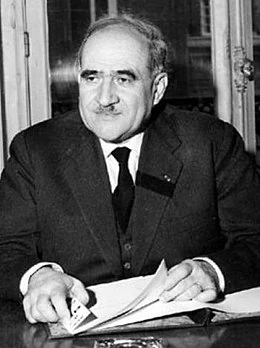
The palais de l'Île is a fortified house built in the 12th century. Originally, access was directly from one of the two drawbridges. It served as the residence of the Count of Annecy until the castle was completed in 1219. The building is then transformed into a prison. She will also be used during its history as military barracks or asylum for the elderly. The dungeons will be used again during the Second World War to lock up resistance fighters.

Françoise-Louise de Warens receives Jean-Jacques Rousseau, 17 years old and future philosopher of the Enlightenment. She becomes his tutor. He calls her mom until their relationship turns into a more romantic one. Madame de Warens is a very free woman for her time: after the annulment of her marriage, she moved to Annecy where she manage business while collecting lovers.
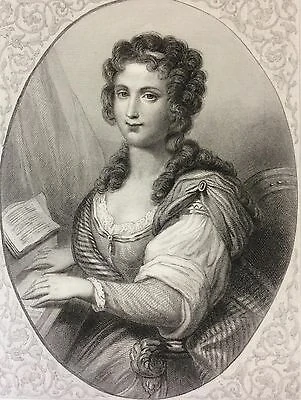
The well was built in the 15th century outside the city by the Knights of St. Jean of Jerusalem. It commemorates the baptism given to Christ by Saint Jean. It was transported to the middle of the crossroads in 1689 and the inscription following was engraved around its lip:
Ce qui signifie :
As it obstructed the passage of traffic that had become denser, it was moved a few meters. The legend claims that you can find in the bottom of the well a silver bull, named Bouz, adored by the inhabitants during the Gallo-Roman period.

The Amédées dynasty reigned over the county of Savoy from the 11th to the 14th century. Annecy was founded in the 11th century century under the reign of Amédée Ier who contributed greatly to its development.
Amédée VI is a renowned warrior lord because of his frequent participation in tournaments and its successful military ventures. He was nicknamed, the Count Green, the traditional color of knights errant.
In 1366 he went on a crusade with 1500 men. He managed to block the advance of the Turks in Gallipoli and frees several fortresses of the Hellespont . Unfortunately this victory was insufficient and the Ottoman continued after the departure of the county. On the way back, he manages to free the eastern emperor taken prisoner by the Bulgarians.
In 1352, Amédée VI founded the order of the black swan with fourteen other knights in preparation for the crusade. Their motto is "FERT", the meaning of this word has never been revealed. Knights receive a necklace upon their enthronement. There are still around twenty knights today.
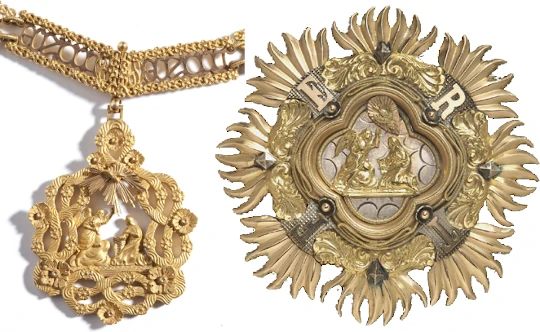
Claude Louis Berthollet is a chemist from Annecy who lived at the end of the 18th century. He published in 1803 "Chemical static test" where he defined for the first time the notion of equilibrium in chemistry. He was the inventor of a hypochlorite solution to whiten fabrics. A factory was built quai de Javel in Paris, hence the name "Eau de Javel" given to this new product.
These are tombstones belonging mostly to members of the Church but also to a few nobles or bourgeois.
We can read on a stone « IOANES CONFLENS QUI OBIIT » which means « Ioanes Conflens qui est mort ». The coat of arms indicates a nobleman. The hat indicates a cleric.
